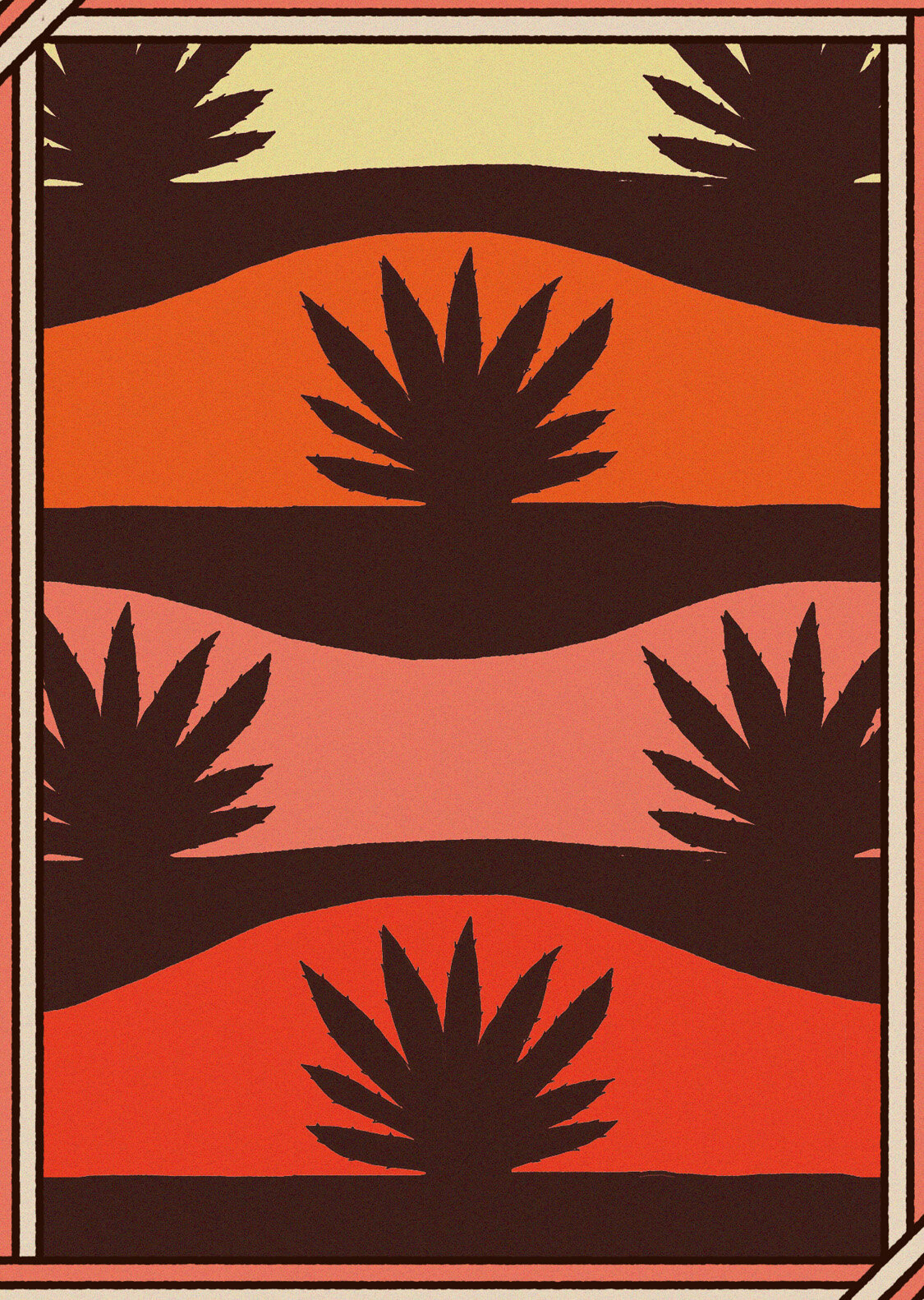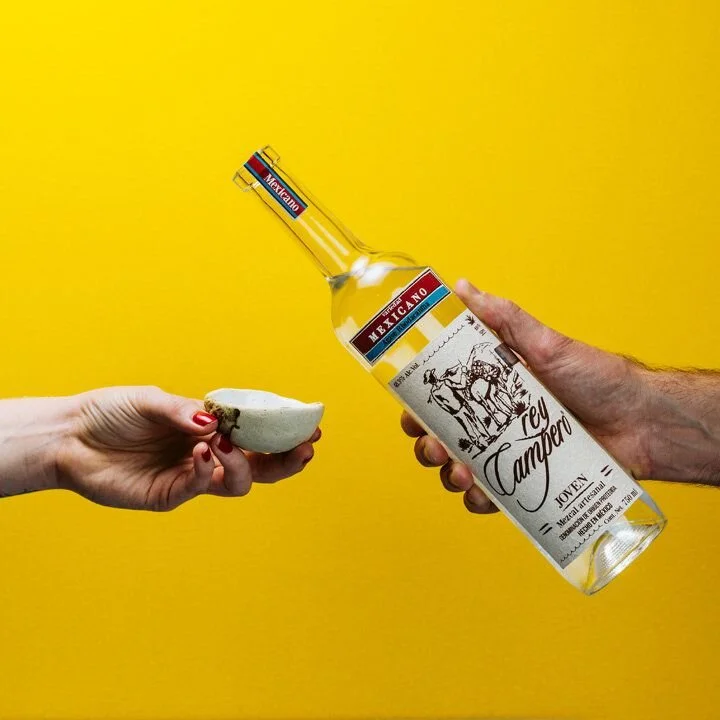TASTING JUNE 21: REY CAMPERO
For those of you unfamiliar with Rey Campero, these are the self-proclaimed “Kings of the Countryside,” a family run operation overseeing one of the most diverse and productive agave nurseries in Oaxaca. Helmed by Romulo Sanchez Parada, they have an extensive portfolio showcasing their impressive array of agave varietals including familiar Espadin and Cuishe, to more rare Tepextate and Jabali.
Having such a wealth to choose provides the opportunity to start mixing some of these varietals together to create Ensembles (on-SAHM-blays) which are blends of multiple agave types in one batch. Thus is our theme for this month. While mezcaleros and their marketers and exporters have played into the single varietal promotion that is more readable by our American palates, the Ensemble method was the more traditional way of doing things. Instead of a jimador (agave farmer) growing just one type of agave to produce a focused expression, mezcaleros and their families would just harvest whatever happened to come out of the ground naturally.
Ensembles arguably require more expertise, as you’re dealing with agave types that are all different shapes and sizes, at different ages, with different sugar levels that all require different roasting times. Loading the oven to be able to do this is an art form, and one that takes many years to master.
For this month’s class we are trying our hand at a cheaters method of blending. We’re featuring one of Rey Campero’s Ensembles that combines Espadin, Cuishe, and Tepextate, but then including those single varietal bottles that compose that blend. That way you can taste the individual ingredients on their own, then try your hand at blending them together!
Mezcal #1: Rey Campero Cuishe
Maestro: Romulo Sanchez Parada
Origen: Candelaria Yegole, OAX
Agave: Karwinskii
Notes: For those who need a refresher, Cuishe aka Karwinskii agaves are those that look kinda like palm trees. Longer and leaner, they don’t have as big a bulb as say an Espadin, so they naturally don’t have as much sugar within them to distill into precious mezcal. This usually translates to a leaner style that has a dryer profile, that more sharply exhibits the minerality of the soil where they grow. Not so in this case! We found this Cuishe to have a richer viscosity, and soooo much flavor. Bouncing all over from leather to tobacco to vanilla to phenol. Super tasty.
Mezcal #2: Rey Campero Espadin
Maestro: Romulo Sanchez Parada
Origen: Candelaria Yegole, OAX
Agave: Angustifolia
Notes: We just love when an Espadin defies the norm. This one has such depth and complexity, but definitely has some pronounced smoke that doesn’t overwhelm the good good grassy banana sweetness that’s goin on here.
Mezcal #3: Rey Campero Tepextate
Maestro: Romulo Sanchez Parada
Origen: Candelaria Yegole, OAX
Agave: Marmorata
Notes: We typically expect Tepes to be some of the richer, creamier, buttery varietals out there, but in this case it ends up being much more green. We were tasting all the peppers, and not to say it lacks body, but it’s definitely a leaner version of the form. We’re curious to see how these three support each other when all combined together.
Mezcal #4: Rey Campero Ensemble
Maestro: Romulo Sanchez Parada
Origen: Candelaria Yegole, OAX
Agave: Cuishe + Espadin + Tepextate
Notes: Soooooo sometimes combining forces can lead to Optimus Prime, other times it can be a car crash. This lies somewhere in between for us. Tasting this at the end of the other 3, it felt a little cacophonous. Like the strengths of each were battling it out with each other instead of achieving sweet agave harmony. Not that it’s bad in anyway, it’s just interesting to taste the phenol notes become more pronounced, resulting in a much hotter sipper than each of the individual expressions were on their own. There are some cool chocolate-y notes that make it more interesting, but if all 4 of these bottles were on the table together, we might be reaching for this one last.









































